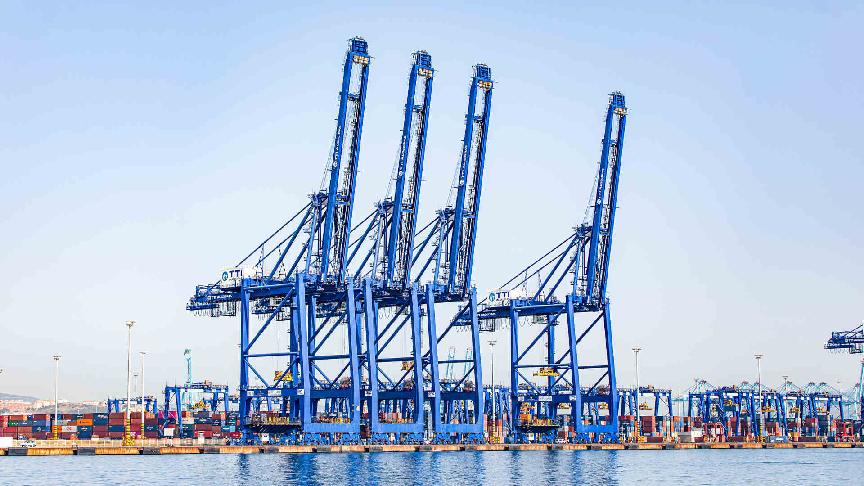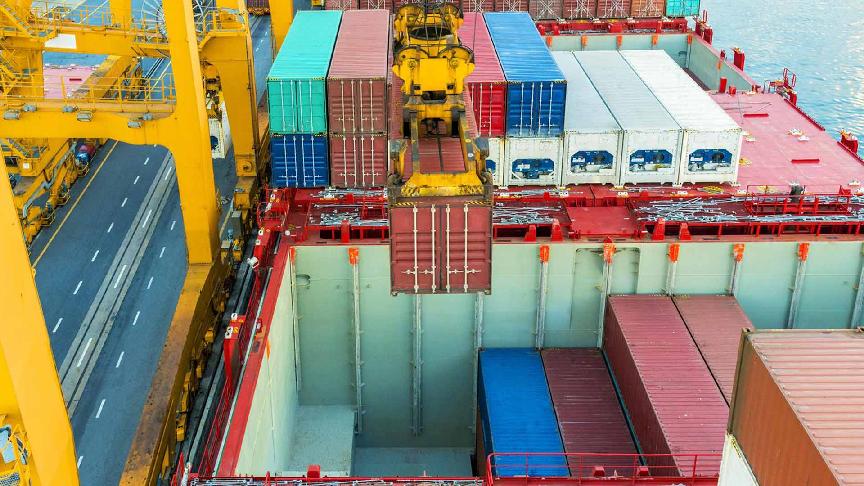20 November 2024 (Lloyd's List) - CONTAINERSHIP upsizing is a main culprit behind the prevalent container port congestion around the world, a senior executive at a leading carrier said at an industry conference.
“Port congestion is prevailing everywhere. It started in Europe first, but is now also harming our very efficient Asian ports,” said CMA CGM executive vice president in charge of assets Christine Cabau Woehrel,
“I think a big reason for this is because we shipping lines are operating bigger and bigger ships,” she told a liner shipping and logistics forum co-organised by China Merchants and research firm Linerlytica, as part of Hong Kong Maritime Week.
According to Linerlytica, global port congestion has currently tied up about 7.8% of the total containership fleet capacity at anchorages, up from 6% a year ago and remaining at an elevated level.
Woehrel said ports face intensifying challenges as more 23,000 teu vessels deploy on Asia-Europe lanes. Bottlenecks stem not necessarily from berth productivity, but rather from container yard capacities when ultra-large ships make consecutive port calls per week, she added.
“We need to adapt to this new normal, because it’s not easy for ports worldwide to immediately expand yard space,” said Woehrel.
“We need new processes between terminals and shipping lines, and stronger collaboration on anticipating ship arrivals, productivity, and yard preparation to create new working modes together.”
CMA CGM is co-operating Shanghai International Port Group and Singapore’s PSA to improve yard fluidity, while starting to conduct related researches in Europe, she noted.
Linerlytica co-founder Hua Joo Tan told Lloyd’s List that rising congestion could also be driven by many other factors.
“It could be berth, gate or yard bottlenecks, and sometimes labour shortages, so it cannot be generalised.”
Major container ports in Southeast Asia, for example, saw record jams earlier this year, with Linerlytica then terming Singapore, where vessels were facing week-long berthing delays, as “the new congestion hotspot” in May.
Tan attributed this event largely to clogged container yards, but said the increase in vessel size was not the deeper cause as it has been around for years.
“It was due more to the longer yard stays and a mismatch between incoming and outgoing volumes due to the many changes in network configurations caused by the Red Sea diversions,” Tan said.







